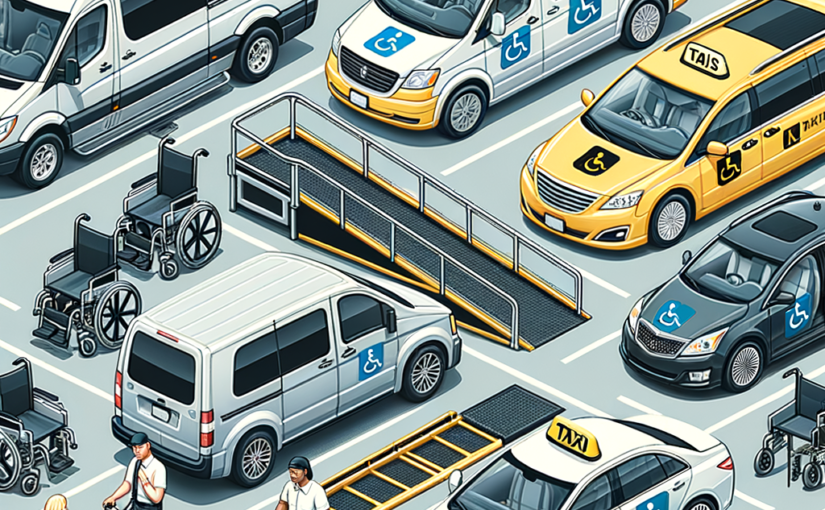Navigating the world with a mobility challenge can be a daunting task, but with the right tools and resources, individuals can reclaim their independence and freedom. One such tool is a wheelchair accessible vehicle, designed to provide seamless transportation for those with mobility impairments. In this guide, we will explore the ins and outs of purchasing a wheelchair accessible vehicle, empowering individuals to make informed decisions that suit their needs and lifestyle.
Understanding Wheelchair Accessible Vehicles
Wheelchair accessible vehicles (WAVs) are specially modified vehicles that allow individuals using wheelchairs to enter, exit, and travel comfortably. These vehicles come in various configurations, but typically feature either a ramp or a lift for wheelchair access. Ramps provide a gradual incline for easy entry, while lifts use a platform to elevate the wheelchair into the vehicle.
Factors to Consider When Buying a Wheelchair Accessible Vehicle
When choosing a WAV, several factors must be taken into account. Firstly, consider the size and space requirements to accommodate the Wheelchair accessible vehicles and any additional passengers or equipment. Additionally, assess the accessibility features of the vehicle, such as lowered floors and widened doorways, to ensure seamless entry and exit. Lastly, establish a budget that encompasses the cost of the vehicle itself, as well as any necessary modifications or adaptations.
Researching Options
Begin your search for a WAV by exploring local dealerships that specialize in accessible vehicles. Alternatively, utilize online resources to compare models, features, and prices from the comfort of your home. Customer reviews and testimonials can provide valuable insights into the reliability and satisfaction of different vehicles, helping you narrow down your options.
Test Driving and Evaluating
Once you’ve identified potential candidates, it’s time to schedule test drives to experience the vehicles firsthand. Pay close attention to the ease of entry and exit, as well as the comfort and safety features offered. Evaluate the maneuverability and driving experience to ensure that the vehicle meets your expectations and requirements.
Financial Assistance and Funding Options
Financing a WAV can be a significant investment, but there are various financial assistance and funding options available to alleviate the burden. Research government grants and programs that provide financial support for accessibility modifications. Additionally, explore insurance coverage options and consider financing or payment plans offered by dealerships.
Maintenance and Servicing
Like any vehicle, WAVs require regular maintenance and servicing to ensure optimal performance and longevity. Familiarize yourself with the maintenance requirements specific to accessible vehicles and establish a schedule for routine inspections and repairs. When seeking servicing, ensure that you choose qualified technicians with experience in working with WAVs and inquire about warranty coverage for added peace of mind.
Personalizing Your Vehicle
One of the advantages of owning a WAV is the ability to personalize it to suit your unique needs and preferences. Explore customization options such as hand controls, wheelchair securement systems, and adaptive seating to enhance convenience and comfort. Work with experienced professionals to install these adaptations safely and effectively.
Community Support and Resources
Navigating the process of purchasing a WAV can feel overwhelming at times, but you’re not alone. Seek support and guidance from online forums and support groups comprised of individuals who have firsthand experience with accessible vehicles. Additionally, connect with local accessibility organizations that can provide valuable resources and assistance throughout your journey.
Conclusion
In conclusion, purchasing a wheelchair accessible vehicle is a significant decision that can greatly enhance the quality of life for individuals with mobility challenges. By understanding the various factors involved, conducting thorough research, and leveraging available resources and support, individuals can confidently navigate the process and find a vehicle that meets their needs and empowers them to live life to the fullest.
